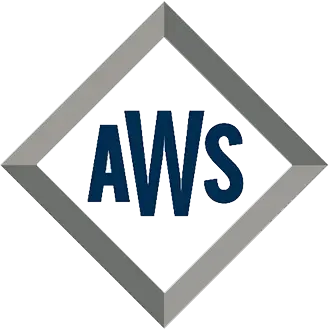Understanding the Advantages of MIG Welders in Modern Fabrication Processes and Their Impact on Industry Efficiency
In today's fast-paced manufacturing landscape, the role of technology in enhancing productivity and efficiency cannot be overstated. Among these advancements, the MIG welder has emerged as a pivotal tool in modern fabrication processes. According to a report by the Welding Equipment Manufacturers, the adoption of MIG welding has increased by over 30% in the past five years, largely due to its versatility and speed. This process, which employs a continuous wire feed and an inert gas shield, allows for seamless welding across various materials, significantly reducing labor time by up to 50% compared to traditional methods. Moreover, an analysis by the American Welding Society indicates that industries utilizing MIG welders report a 20% increase in overall operational efficiency. These advancements not only streamline production but also ensure higher quality outputs, demonstrating the critical impact of MIG welders in shaping the future of industrial manufacturing.
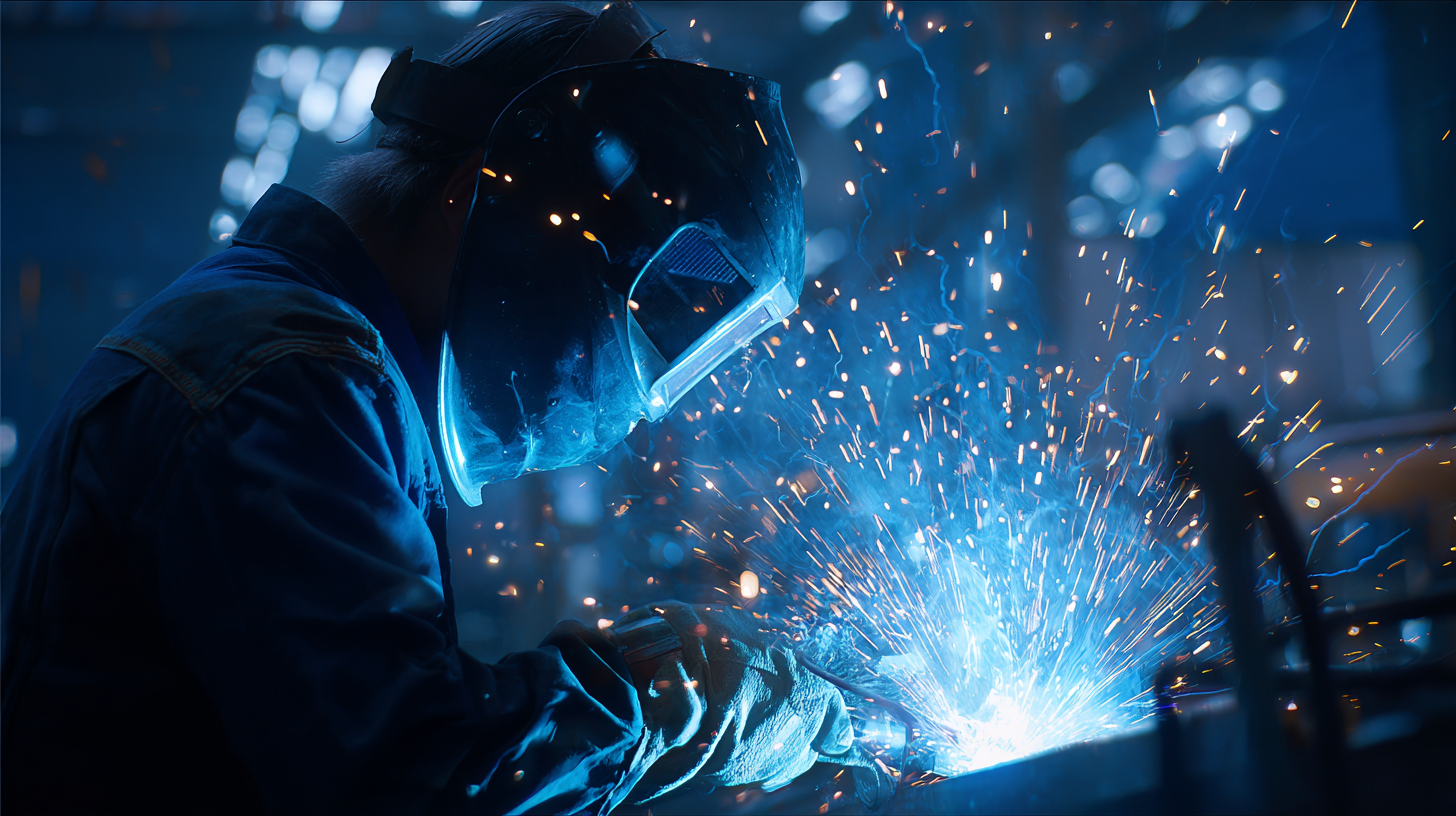
How to Choose the Right MIG Welder for Your Fabrication Needs
When selecting the right MIG welder for your fabrication needs, it's crucial to consider the significant growth and trends within the welding equipment market. The global MIG welding machine market is projected to be valued at approximately $1.2 billion in 2024, with an expected growth to $12.7 billion by 2025, reflecting a substantial compound annual growth rate (CAGR) of 6% from 2025 to 2033. This trend underscores the increasing demand for efficient welding solutions in modern fabrication processes.
Choosing the ideal MIG welder involves understanding your specific requirements, including material types, thickness, and production volume. As the welding equipment market is forecasted to expand from $1.596 billion in 2025 to $2.722 billion by 2033, with a growth rate of 6.9%, fabricators are urged to invest in advanced MIG welding technology that enhances productivity and precision. With various models available, it’s essential to analyze the performance specifications and features that align with your operational goals, ensuring you boost both quality and efficiency in your projects.
Advantages of MIG Welders in Modern Fabrication Processes
This chart illustrates the advantages of MIG welders in modern fabrication processes, highlighting their speed, ease of use, versatility, quality of welds, and cost efficiency as key factors impacting industry efficiency.
How to Optimize MIG Welding Techniques for Maximum Efficiency
To optimize MIG welding techniques for maximum efficiency, it is crucial to focus on parameters such as wire feed speed, voltage, and travel speed. Properly setting the wire feed speed ensures a consistent material deposit while avoiding unnecessary waste. Adjusting the voltage is also vital; too high can lead to excessive spatter, while too low can cause poor arc stability. Finding a balance between these elements is essential to achieve clean and strong welds.
Additionally, employing effective welding techniques such as stringer beads or weave patterns can further enhance productivity. Stringer beads provide better penetration and faster travel speeds, ideal for thin materials. Weaving techniques, while slower, may be appropriate for thicker sections or when multiple passes are required. Practicing these techniques and understanding their applications can significantly contribute to reducing overall fabrication time, thus improving industry efficiency.
Investing in proper training for welders on these advanced techniques also plays a key role in maximizing the benefits of MIG welding in modern fabrication processes.
How to Maintain Your MIG Welder for Longevity and Performance
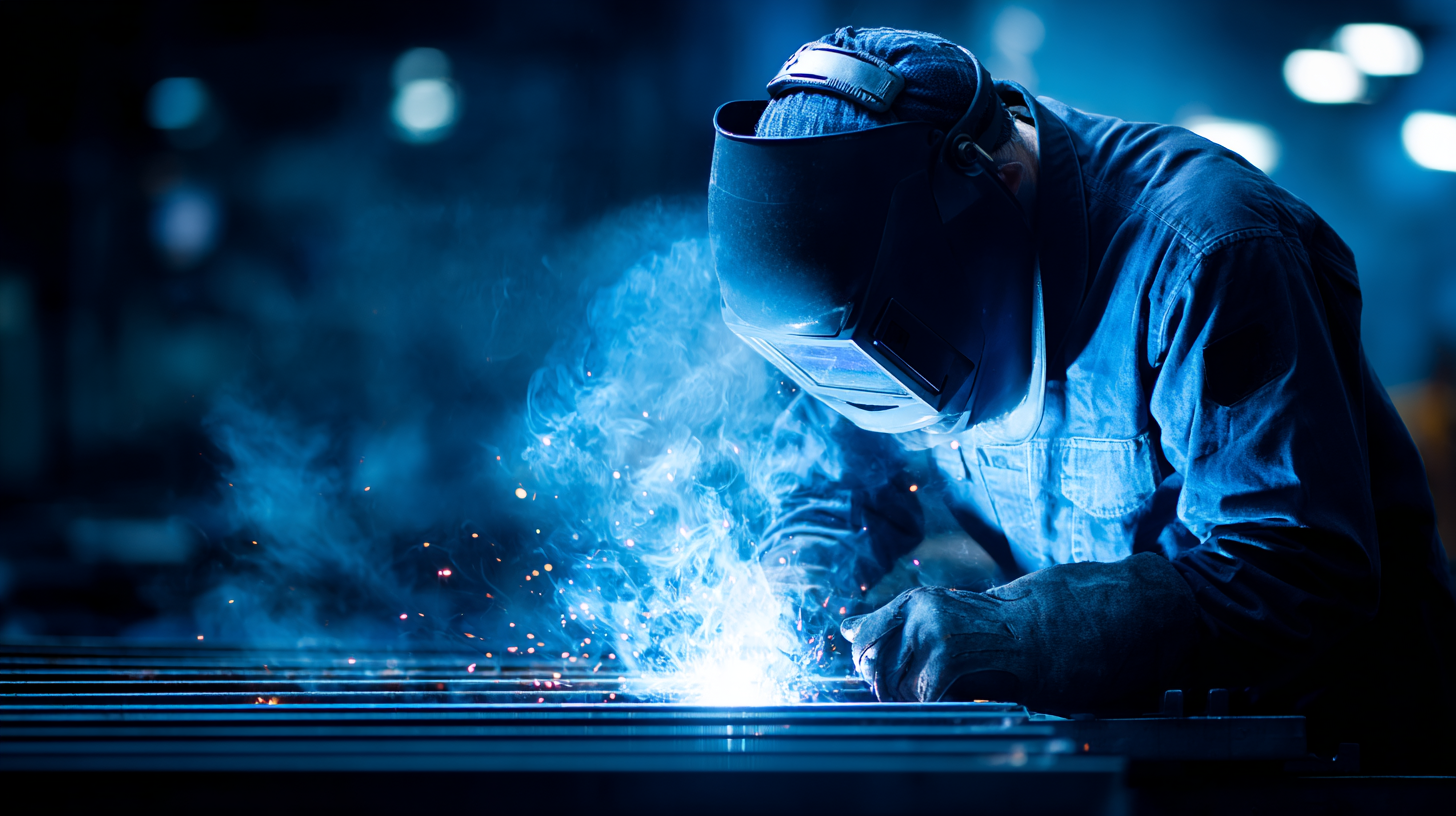 Proper maintenance of your MIG welder is crucial to ensure its longevity and optimal performance in modern fabrication processes. Regular inspections should be conducted to check for any wear and tear on components such as the contact tip, nozzle, and liner. Cleaning these parts helps prevent spatter buildup, which can affect the welder's efficiency and lead to defective welds. It’s also essential to replace worn components promptly to avoid further complications during welding operations.
Proper maintenance of your MIG welder is crucial to ensure its longevity and optimal performance in modern fabrication processes. Regular inspections should be conducted to check for any wear and tear on components such as the contact tip, nozzle, and liner. Cleaning these parts helps prevent spatter buildup, which can affect the welder's efficiency and lead to defective welds. It’s also essential to replace worn components promptly to avoid further complications during welding operations.
Additionally, maintaining the gas supply and ensuring proper gas flow can greatly improve the quality of your welds. Regularly checking for leaks and making sure the gas cylinder is at the appropriate pressure can help maintain an uninterrupted workflow. Keeping the welder clean, both inside and out, not only enhances its appearance but also prevents overheating and other performance issues. By dedicating time to these maintenance tasks, operators can greatly extend the life of their MIG welder while ensuring consistent and high-quality results in their fabrication projects.
How to Train Your Team on MIG Welding Best Practices
Training your team on MIG welding best practices is essential in maximizing the efficiency and effectiveness of modern fabrication processes. With the increasing demand for skilled welders in various industries, organizations are taking proactive steps to develop training programs that enhance workers' capabilities. Collaborative efforts, such as those between industry experts and training institutes, pave the way for accessible certification and skill advancement.
Implementing structured training modules that focus on safety protocols, welding techniques, and equipment handling is crucial. For instance, recent initiatives have seen the launch of comprehensive training programs designed to support businesses and individuals in mastering MIG welding. Such programs not only equip trainees with essential skills but also contribute to a more competent workforce that can adapt to evolving industry demands, including specialized welding for modern vehicles. By prioritizing training, companies can significantly boost their operational efficiency and maintain a competitive edge in the market.
How to Assess the Impact of MIG Welding on Overall Production Flow
MIG welding has become a cornerstone in modern fabrication processes, significantly influencing production efficiency across various industries. With its ease of use and adaptability, MIG welding enhances overall production flow, allowing businesses to meet increasing demands without compromising quality. As projected, the U.S. welding consumables market is expected to grow from $2.5 billion in 2022 to $3.31 billion by 2029, reflecting a compound annual growth rate of 4.1% during this period. This growth underlines the increasing reliance on efficient welding technologies like MIG welding in meeting industrial needs.
In assessing the impact of MIG welding on production flow, it is essential to consider both the speed and versatility it offers. For instance, MIG welding allows for continuous and faster welding processes, reducing downtime and increasing throughput. Additionally, with advancements in automation and smart technology integration, such as robotic MIG welding systems, manufacturers can expect enhanced precision and consistency, further optimizing production workflows. As companies in sectors such as aerospace and automotive increasingly adopt these technologies, understanding their effects on production flow becomes critical for maintaining competitiveness in a rapidly evolving market.

Related Posts
-
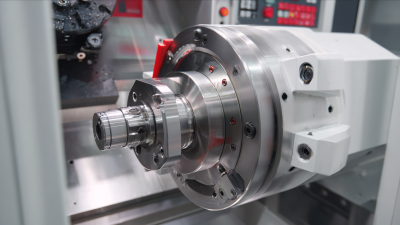
Exploring CNC Turning Innovations at the 138th Canton Fair in 2025
-

7 Best Laser Machine Innovations to Transform Your Manufacturing Process
-

Ultimate CNC Machine Showdown Unveiling the Best Options for Your Manufacturing Needs
-

How to Choose the Right Structural Steel Fabricators for Your Construction Projects: Key Factors and Industry Insights
-
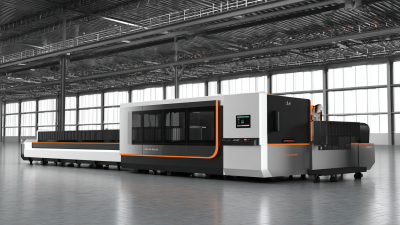
Unlocking Growth Opportunities for CNC Fiber Laser Cutting Machines at the 138th Canton Fair in 2025
-
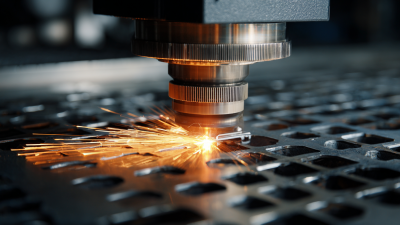
How to Utilize CNC Laser Cutting Technology for Maximizing Precision and Efficiency in Manufacturing
Get your project done the Right way
7:00am - 5:00pm
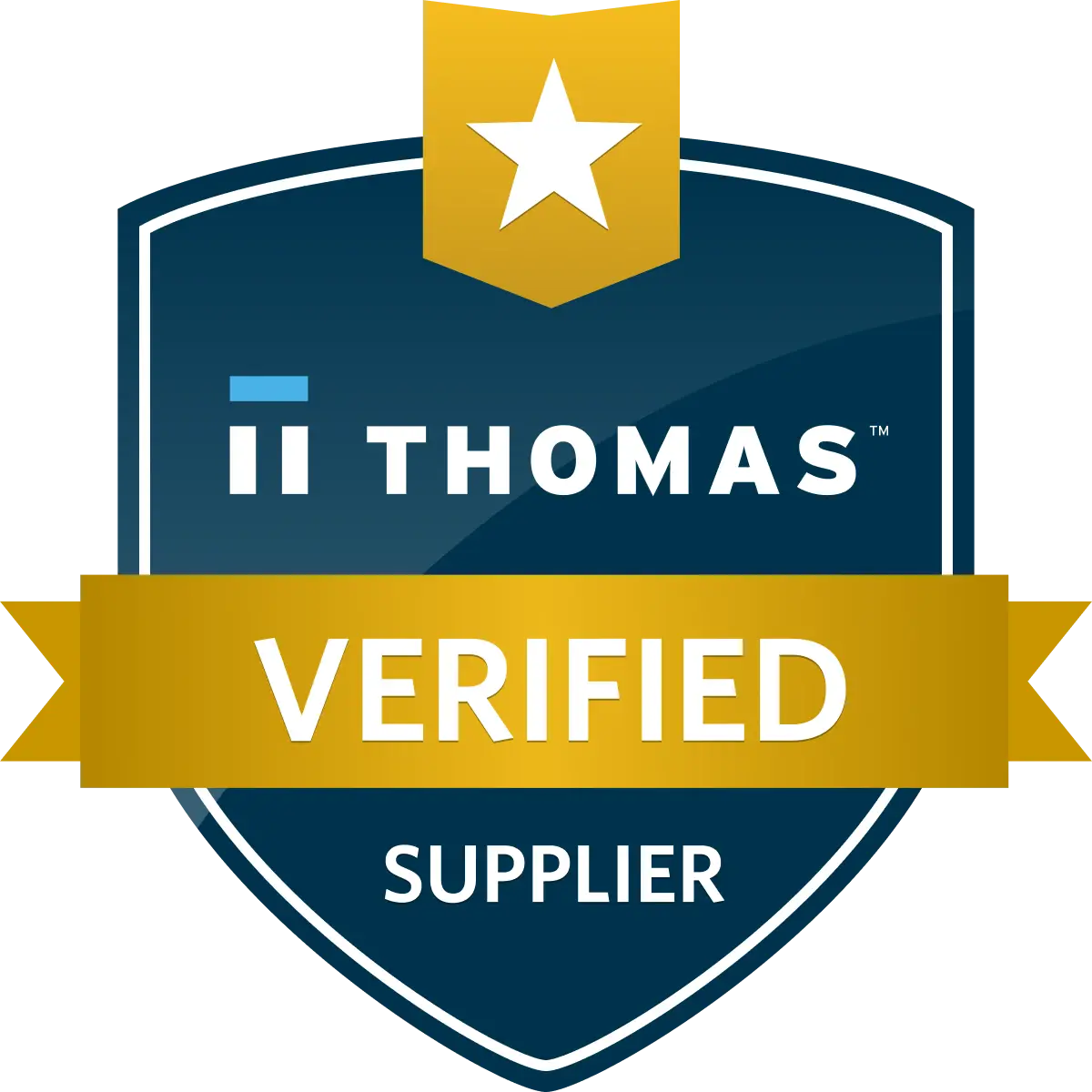
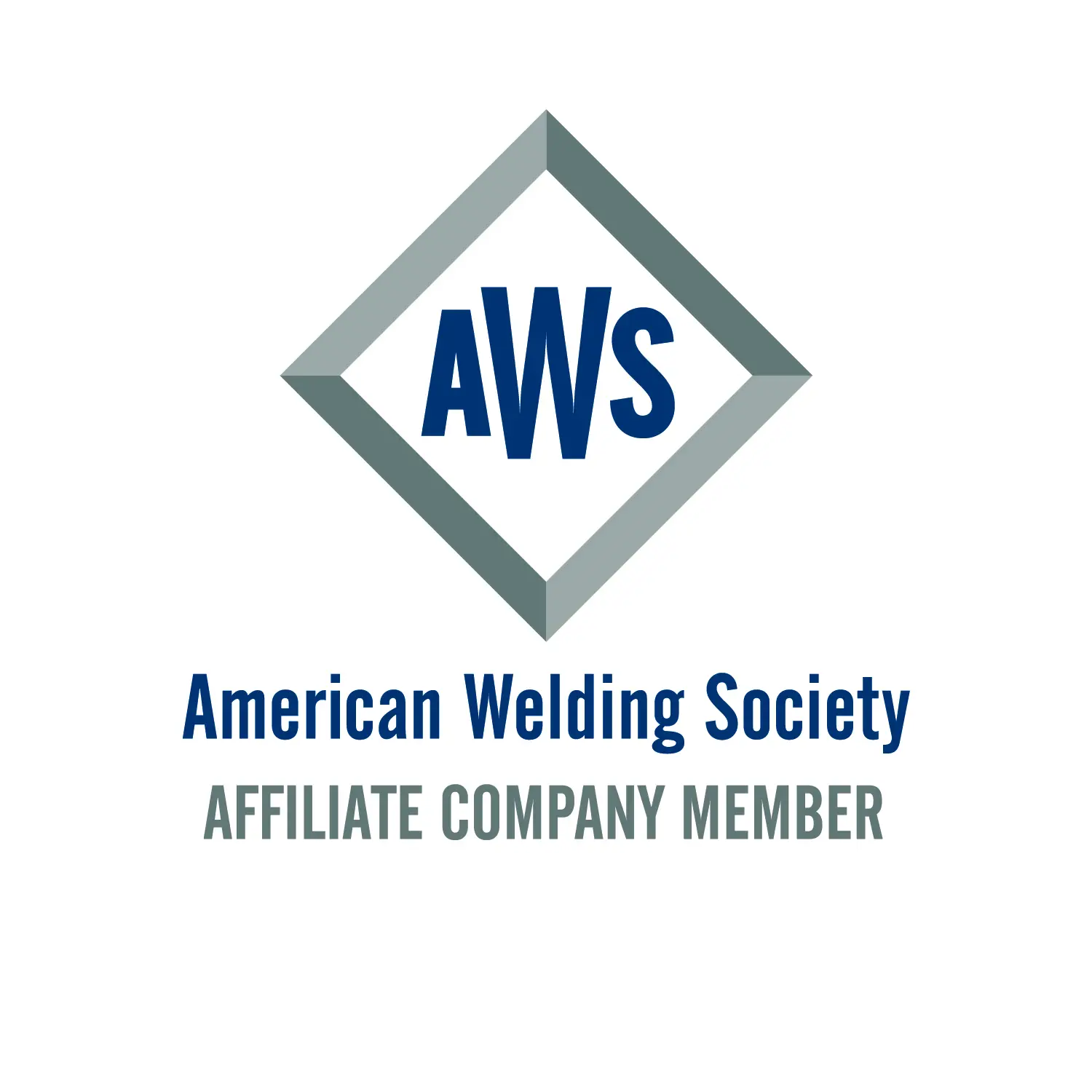
- Copyright2025 © Tri-State Fabricators
- Accessibility
- Privacy Policy
- Terms


